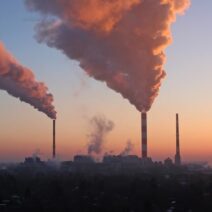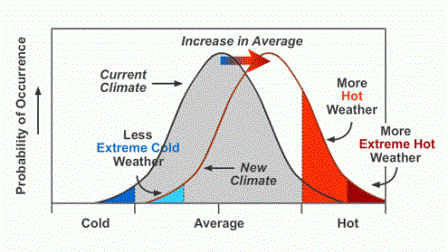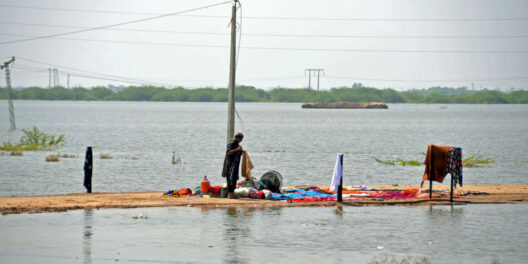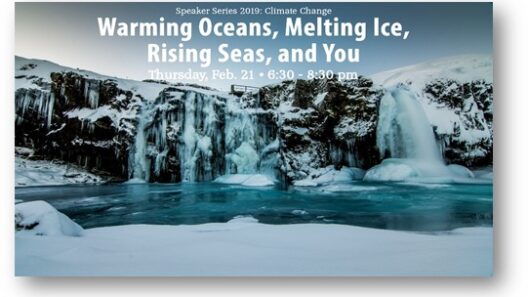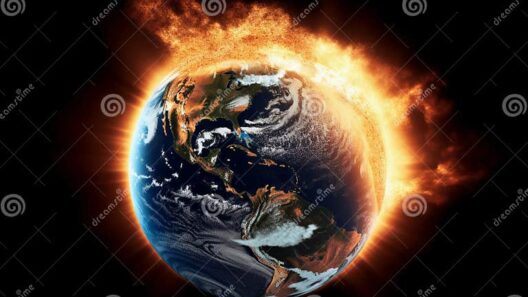This analysis delves into the critical topic of increasing temperatures across the United States, examining the profound implications for our climate and environment. As scientific observations corroborate the reality of anthropogenic climate change, a palpable shift in our ecological equilibrium emerges. The urgency of confronting these changes cannot be overstated, as they portend dire consequences for natural ecosystems, human populations, and economic structures alike.
To grasp the magnitude of the impending warming future, one must first understand the intricacies of global warming. The gradual increase in Earth’s average temperature, largely attributable to greenhouse gas emissions stemming from human activities, disrupts not only meteorological patterns but also the fundamental processes that govern life. The accumulation of carbon dioxide, methane, and other potent gases in our atmosphere creates an insulative effect, exacerbating existing climatic trends and initiating new ones.
The ramifications are already visible. The average temperature in the United States has surged over the last century at a rate that surpasses historical norms. This trend foreshadows an array of consequences, the most immediate of which is the escalation of extreme weather events. Drought, floods, hurricanes, and wildfires have become increasingly frequent and ferocious. The National Oceanic and Atmospheric Administration (NOAA) has documented an upsurge in the intensity and frequency of these phenomena, exerting unprecedented stress on both ecosystems and communities across the nation.
Moreover, the warming future carries alarming implications for biodiversity. Many species exhibit sensitivity to temperature fluctuations, with habitat loss and altered food availability threatening survival. For instance, the polar bear, an iconic symbol of climate change, struggles as Arctic ice melts, diminishing its hunting grounds. The National Wildlife Federation projects that if current trends continue, numerous species could face extinction, leading to chaotic disruptions within their respective ecosystems.
In addition, the shift in climatic conditions extends to agricultural productivity. As temperatures rise, the viability of traditional crops is undermined, leading to food insecurity. Heat stress, altered precipitation patterns, and the incursion of pests and diseases result in diminished yields for staple crops like corn and wheat. The United States’ agricultural sector, which serves both domestic and international markets, must adapt to this new reality to ensure food stability and mitigate economic crises stemming from crop failures.
Water resources also face perturbation in a warming world. The hydrological cycle is increasingly influenced by temperature increases, resulting in altered precipitation and evaporation rates. In certain regions, prolonged drought can exacerbate water scarcity, putting pressure on not just agricultural practices but also on urban centers reliant on these water supplies. Conversely, when intense rainfalls do occur, they can lead to overwhelmed drainage systems, exacerbating flooding and water contamination issues.
Furthermore, rising temperatures will have notable effects on public health. The incidence of heat-related illnesses is expected to climb sharply, particularly in vulnerable populations such as the elderly and those with pre-existing health conditions. Additionally, the proliferation of vectors that spread diseases—such as mosquitoes—may escalate as warmer climates expand their habitat ranges. The cumulative effect of these public health challenges demands a coordinated response from healthcare systems, policymakers, and communities.
The psychological impact on communities cannot be dismissed. The fear of natural disasters, loss of homes, and the disruption of community bonds can lead to mental health crises and stress disorders. Climate-induced migration may also arise, as populations are forced to relocate from increasingly uninhabitable regions, introducing further societal complexities and tensions.
However, it is essential to recognize that awareness, combined with actionable change, offers a glimmer of hope. A paradigm shift in perspective is paramount. Solutions to combat climate change abound, ranging from renewable energy adoption, sustainable agricultural practices, and carbon sequestration technologies to community-led conservation initiatives. By prioritizing resilience-building strategies, the nation can navigate the complexities of a warming future while preserving the invaluable ecological tapestry of the United States.
Furthermore, enhancing public education on climate issues empowers community members to be advocates for environmentally responsible practices. Incorporating climate science into school curricula cultivates a generation equipped to tackle these multifaceted challenges creatively. Engaging in dialogue about sustainability at local levels fosters a sense of stewardship, wherein individuals feel invested in the ecological outcomes of their behaviors.
In conclusion, the warming future of the United States is a complex tapestry woven from numerous threads of environmental, social, and economic consequences. It invites us to reconsider our relationship with the natural world and our commitment to future generations. The realization of our collective responsibility provokes curiosity and ignites passion, moving individuals from passive comprehension to active engagement. Embracing this critical juncture is not merely a necessity; it is a moral imperative. The choices we make today will reverberate through time, determining the viability of ecosystems and the health of our communities in the face of an uncertain future.


